Deep within the rugged landscapes of Central Mexico, a remarkable predator has perfected a hunting strategy that seems almost calculated in its precision. The Mexican lance-headed rattlesnake (Crotalus polystictus) has developed a fascinating behavior that involves positioning itself along cliff edges and rocky outcroppings to survey the terrain below for potential prey. Unlike many snake species that actively forage or ambush from concealed positions, this rattlesnake takes advantage of elevated vantage points to spot movement below, transforming gravity itself into a hunting ally. This strategic behavior represents one of the most specialized hunting techniques in the reptile world, combining patience, keen vision, and the tactical use of terrain. The following exploration delves into the remarkable adaptations, behaviors, and ecological significance of this cliff-perching predator that has captured the attention of herpetologists and wildlife enthusiasts alike.
The Mexican Lance-headed Rattlesnake: An Overview
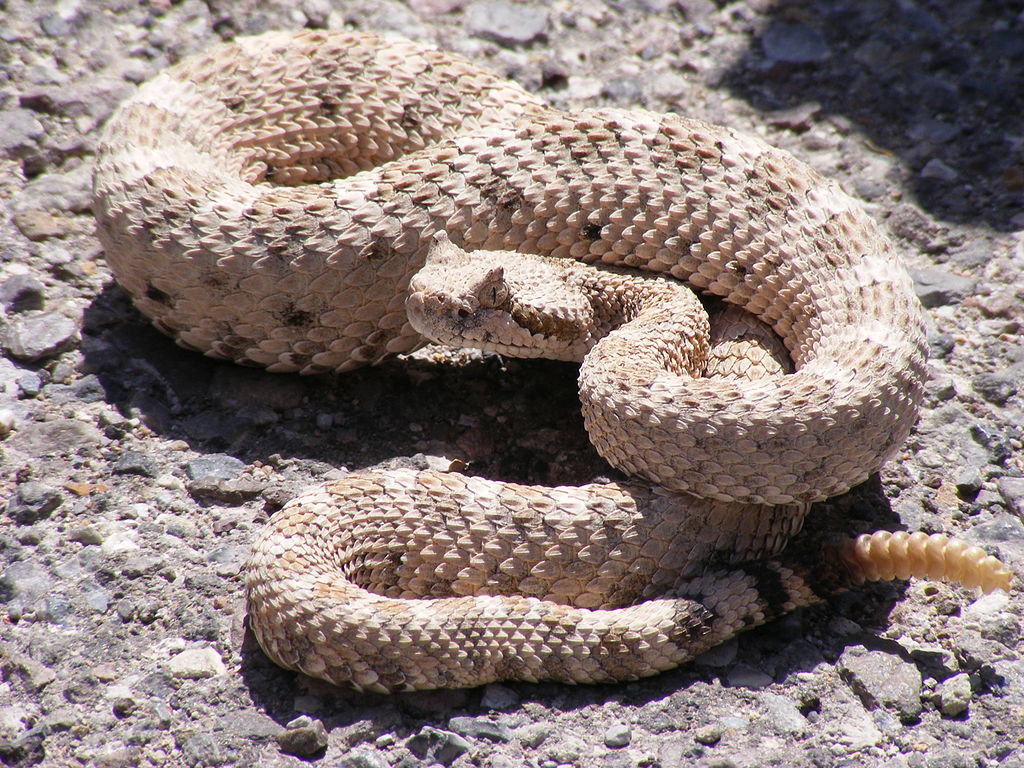
The Mexican lance-headed rattlesnake (Crotalus polystictus) belongs to the family Viperidae and is endemic to the central Mexican highlands. Growing to an average length of 2 to 3 feet, this medium-sized venomous snake is characterized by its distinctive triangular head, heat-sensing pits, and the iconic rattle at the end of its tail. Its coloration typically features a grayish or brownish background adorned with dark diamond-shaped blotches bordered by lighter scales, providing excellent camouflage against the rocky terrain it inhabits. As a pit viper, it possesses sophisticated heat-sensing organs that allow it to detect warm-blooded prey even in conditions of limited visibility. Though not among the largest rattlesnake species, the Mexican lance-headed rattlesnake commands respect for its powerful venom and remarkable hunting adaptations that have allowed it to thrive in challenging highland environments.
The Unique Cliff-Edge Hunting Strategy
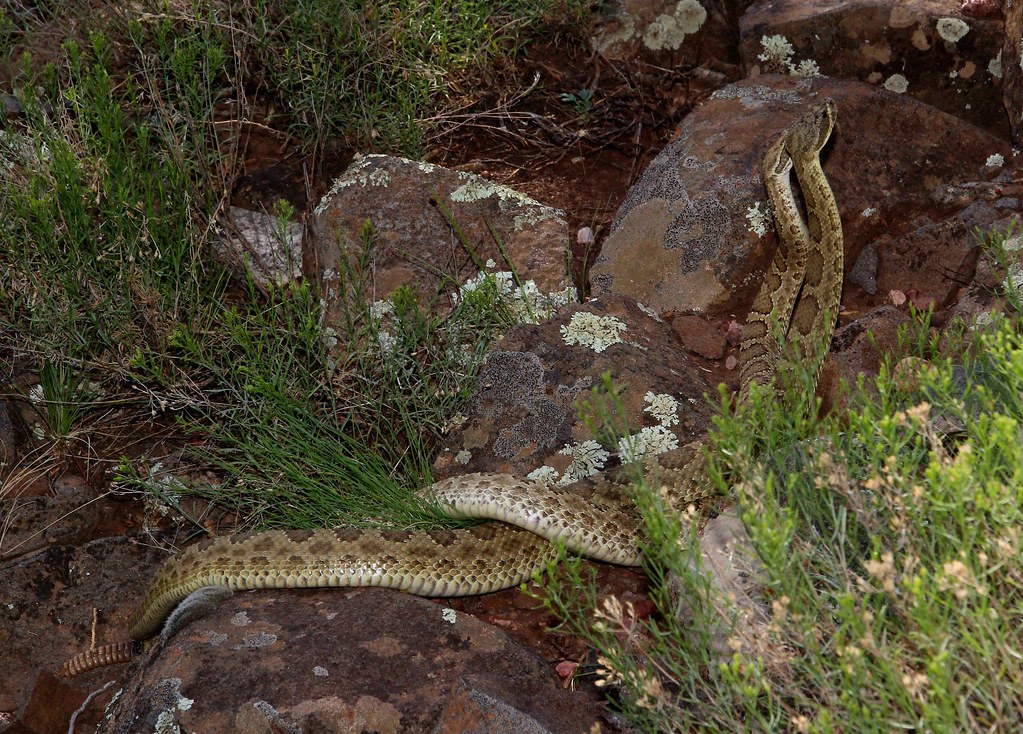
What sets the Mexican lance-headed rattlesnake apart from many other predatory snakes is its distinctive cliff-perching hunting behavior. Instead of relying solely on ambush tactics from ground-level hiding spots, these rattlesnakes intentionally position themselves along the edges of cliffs, rock outcroppings, and steep slopes to gain a panoramic view of the terrain below. They typically assume a relaxed posture with their bodies stretched out along the cliff edge and their heads positioned to survey the lower ground for movement. This elevated vantage point significantly expands their field of vision, allowing them to monitor large areas for potential prey without expending energy on active foraging. When prey is spotted below, the snake can quickly assess the most efficient strike path, taking advantage of both gravity and surprise to increase hunting success. This behavior represents a remarkable example of how predators can exploit environmental features to enhance hunting efficiency.
Visual Adaptations for Elevated Hunting
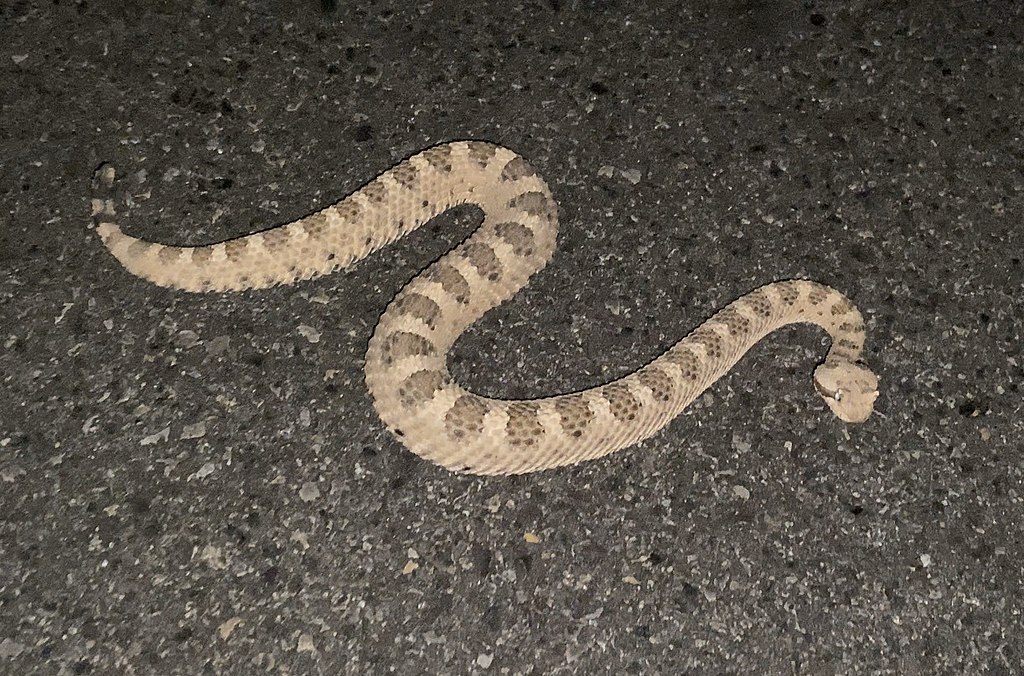
The Mexican lance-headed rattlesnake possesses visual adaptations that complement its cliff-edge hunting strategy. Unlike many snake species that rely primarily on sensing vibrations or detecting heat signatures, these rattlesnakes have developed relatively sharp vision that allows them to detect movement at considerable distances. Their eyes, positioned on the sides of their head, provide a wide field of view that is crucial for spotting prey from elevated positions. Research suggests that these snakes can detect movement up to 45 feet away under optimal conditions, making their cliff-perching behavior particularly effective. Additionally, their vision appears to be most acute in low to moderate light conditions, which explains their preference for hunting during dawn and dusk when small mammals are active but still visible. This visual acuity, combined with patience and strategic positioning, creates a formidable hunting system that maximizes energy efficiency.
Prey Selection and Targeting
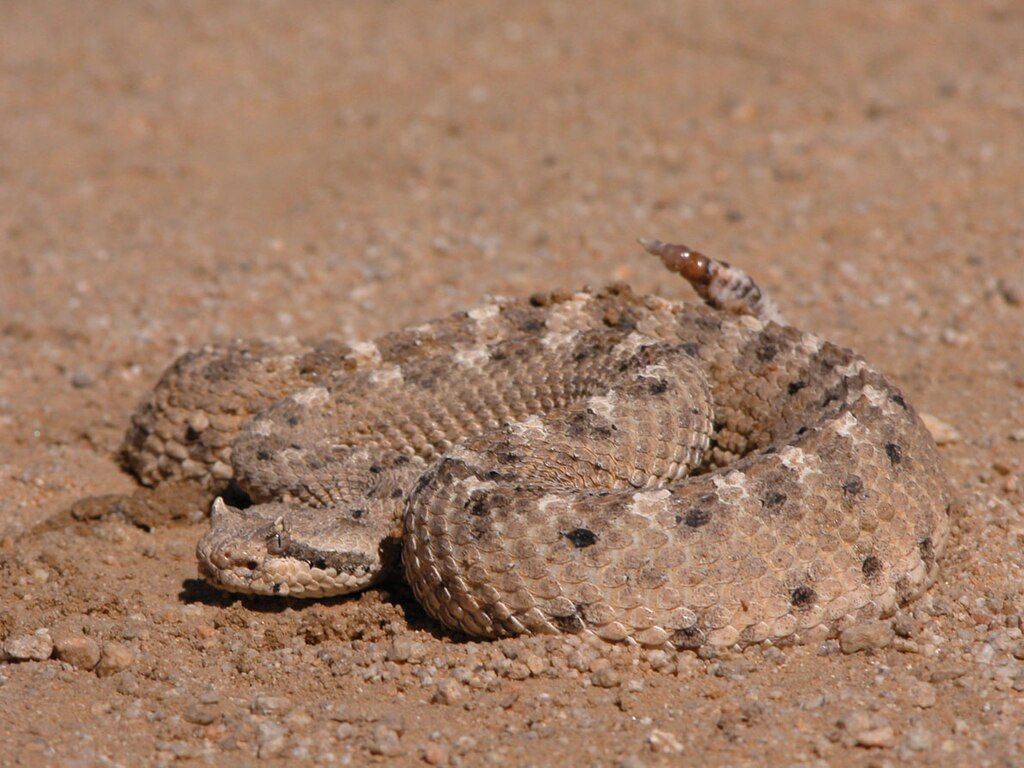
From their elevated vantage points, Mexican lance-headed rattlesnakes primarily target small mammals such as mice, rats, ground squirrels, and rabbits that move within their field of vision. These cliff-perching hunters have shown remarkable selectivity in their targeting, often focusing on prey that appears to be moving predictably or is otherwise distracted, improving their chances of a successful strike. Once a suitable target is identified, the snake will track the prey’s movement patterns, sometimes for several minutes, before deciding whether to initiate a strike. This period of observation allows the snake to calculate the most efficient path of attack, taking into account the terrain, distance, and movement patterns of the target. Smaller prey items are usually struck and immediately held until venom immobilizes them, while larger prey may be released after the strike and later tracked using the snake’s keen sense of smell once the venom has taken effect.
The Physics of Gravity-Assisted Strikes
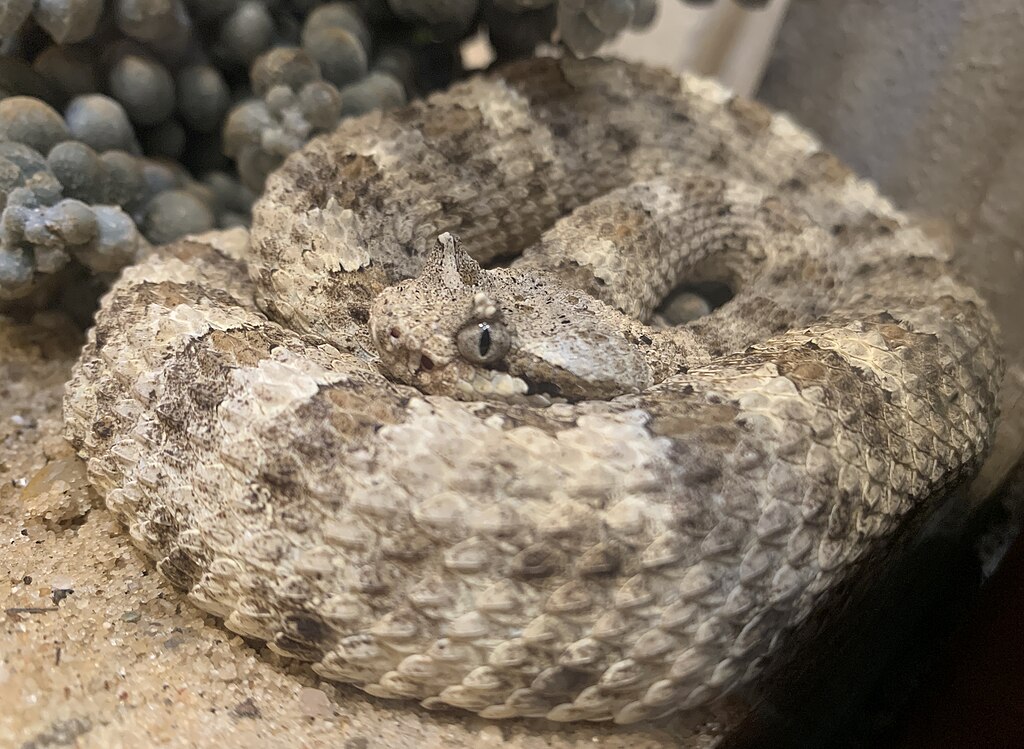
One of the most ingenious aspects of the cliff-perching hunting strategy is how the Mexican lance-headed rattlesnake harnesses gravity to enhance strike effectiveness. By positioning itself above potential prey, the snake can launch itself downward in a gravity-assisted strike that increases both speed and impact force. This downward trajectory allows the snake to cover distances that would be impossible in a horizontal strike, sometimes exceeding three feet in length. Biomechanical studies suggest that these gravity-assisted strikes can be up to 20% faster than horizontal strikes, giving prey less time to react and escape. Additionally, the downward momentum helps drive the snake’s fangs deeper into prey, ensuring more effective venom delivery. This hunting technique represents a sophisticated utilization of environmental physics that maximizes the snake’s natural weapons while minimizing energy expenditure.
Thermal Regulation Benefits of Cliff Perching

Beyond its advantages for hunting, the cliff-perching behavior of the Mexican lance-headed rattlesnake serves important thermoregulatory functions. As ectothermic animals, rattlesnakes rely on environmental heat sources to regulate their body temperature, and cliff edges provide ideal locations for thermal management. During cooler morning hours, cliff edges that face east or southeast receive the first warming rays of the sun, allowing the snakes to quickly raise their body temperature to optimal levels for hunting and digestion. In contrast, during the hottest parts of the day, the snakes can retreat to shadier sections of the cliff or to crevices within the rock face to avoid overheating. This dual-purpose behavior—combining optimal hunting positioning with effective thermoregulation—demonstrates the remarkable efficiency of the snake’s adaptation to its environment. The ability to maintain ideal body temperature while simultaneously hunting represents an evolutionary refinement that maximizes the snake’s limited energy reserves.
Seasonal Variations in Perching Behavior

The cliff-perching behavior of the Mexican lance-headed rattlesnake shows distinct seasonal patterns that reflect changing environmental conditions and biological needs. During the spring and early summer, male snakes often utilize higher and more exposed perching locations, which serves the dual purpose of thermoregulation and increasing visibility to potential mates. As temperatures rise in mid-summer, the snakes tend to select perches that offer partial shade or are located near rock crevices that provide quick access to cooler retreats. In autumn, pregnant females show a preference for sun-warmed perches that accelerate embryonic development before the onset of cooler weather. Winter brings a significant reduction in perching behavior as the snakes retreat to hibernacula deep within rock crevices, though on unusually warm winter days, some individuals may emerge to bask briefly along protected cliff edges. These seasonal adaptations highlight the snake’s behavioral plasticity in response to changing environmental conditions.
Social Aspects of Cliff Perching

Contrary to the common perception of snakes as strictly solitary creatures, the cliff-perching behavior of Mexican lance-headed rattlesnakes occasionally reveals interesting social dimensions. Researchers have documented multiple individuals occupying different sections of the same cliff face, maintaining surprisingly regular spacing between them that suggests some form of territorial awareness. During mating season, males have been observed to perch in close proximity to females, sometimes engaging in competitive displays when multiple males are present. Perhaps most interestingly, young rattlesnakes appear to learn aspects of the cliff-perching technique through observation of adults, suggesting a form of social learning that is rarely documented in reptiles. While not exhibiting complex social structures like those found in mammals, these observations indicate that the cliff-perching behavior incorporates more social complexity than previously recognized, adding another fascinating dimension to this specialized hunting strategy.
Predator Avoidance While Perching

While functioning as efficient hunters from their cliff-edge perches, Mexican lance-headed rattlesnakes must simultaneously remain vigilant against their own predators. Their primary defensive adaptation is cryptic coloration that blends remarkably well with the rocky backgrounds of their perching sites, making them difficult to spot despite their exposed positions. When potential threats are detected, the snakes typically have several rapid escape options: they can quickly retreat into nearby rock crevices, position themselves in striking posture with rattles engaged as a warning, or in some cases, drop to lower ledges or even to the ground below if the threat is severe. Birds of prey represent one of the most significant threats to perching rattlesnakes, particularly eagles and hawks that can spot the snakes from above. Interestingly, the snakes show a marked preference for perching sites that offer some overhead protection in the form of rock overhangs or vegetation while still providing clear views of potential prey below, demonstrating a balanced approach to the competing demands of hunting efficiency and predator avoidance.
Evolution of the Perching Behavior

The evolution of cliff-perching behavior in the Mexican lance-headed rattlesnake represents a fascinating example of behavioral adaptation to a specific ecological niche. Evolutionary biologists suggest that this behavior likely developed gradually over thousands of generations as ancestors of these snakes exploited the advantages of elevated hunting positions within their rocky highland habitats. The behavior would have been reinforced through natural selection as individuals that utilized cliff-perching enjoyed greater hunting success and consequently higher reproductive rates than those using more conventional hunting strategies. Comparative studies with closely related rattlesnake species show that while some exhibit occasional perching behavior, none have developed it to the level of specialization seen in the Mexican lance-headed rattlesnake. Genetic studies indicate that this behavioral specialization may have emerged during a period of climate change approximately 15,000 years ago, when shifting prey distributions and habitat alterations would have created selection pressures favoring innovative hunting strategies. This evolutionary timeline suggests that the behavior is relatively recent in evolutionary terms, highlighting the remarkable adaptability of these predators.
Conservation Challenges and Habitat Threats
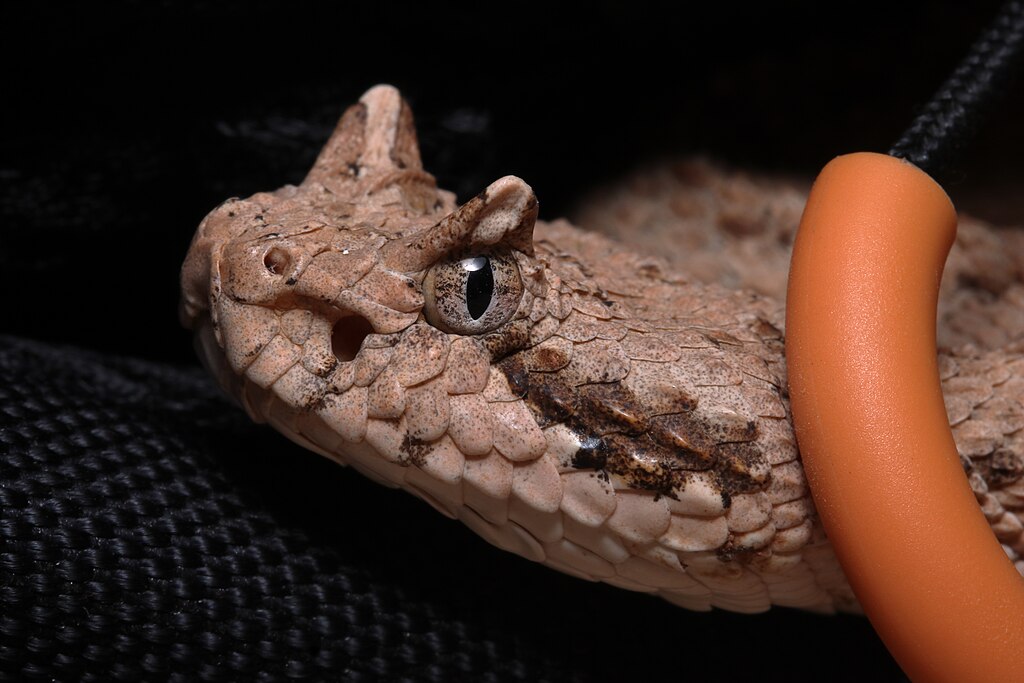
Despite their remarkable adaptations, Mexican lance-headed rattlesnakes face significant conservation challenges that threaten the future of their specialized cliff-perching behavior. Habitat destruction presents the most immediate threat, as quarrying operations and residential development increasingly encroach upon the rocky highland habitats these snakes require. Climate change poses additional challenges, as rising temperatures and altered precipitation patterns affect both the snakes’ thermoregulatory behaviors and the abundance of their prey species. Persecution by humans remains a persistent threat, as these rattlesnakes are often killed on sight due to fear and misunderstanding of their ecological role. Conservation efforts have been complicated by the snakes’ venomous nature, which makes them challenging subjects for public education campaigns aimed at promoting coexistence. Several protected areas have been established within the snake’s range, but comprehensive conservation strategies that specifically address the preservation of suitable cliff habitats remain inadequate in many regions, highlighting the need for increased awareness and protection measures for these remarkable predators.
Research Challenges and Future Studies
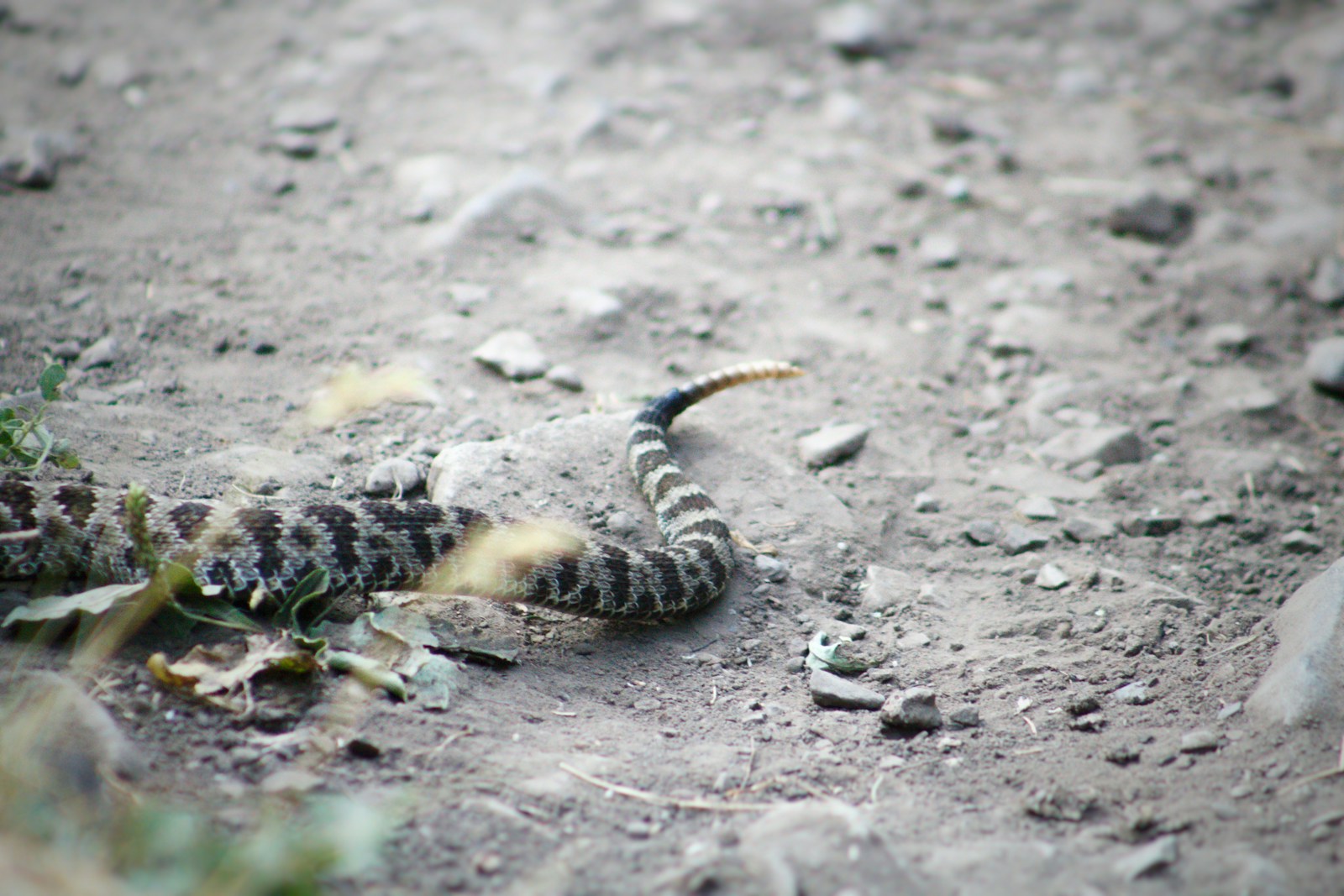
Studying the cliff-perching behavior of Mexican lance-headed rattlesnakes presents researchers with numerous challenges that have limited our understanding of this fascinating adaptation. The remote, rugged terrain where these snakes typically hunt makes sustained observation difficult, while their venomous nature necessitates specialized handling techniques and safety protocols. Recent advances in wildlife camera technology and remote monitoring systems have begun to overcome some of these obstacles, allowing for longer-term observation of perching behaviors with minimal human interference. Future research directions include more detailed analysis of strike biomechanics using high-speed photography, investigation of potential differences in venom composition between cliff-perching populations and those using other hunting strategies, and expanded studies of potential social learning aspects of the behavior. Perhaps most importantly, researchers are working to understand how climate change might affect the viability of cliff-perching as temperatures rise and prey distributions shift. These ongoing and planned studies promise to reveal even more about this remarkable hunting adaptation and may provide insights that prove crucial for conservation efforts.
Conclusion
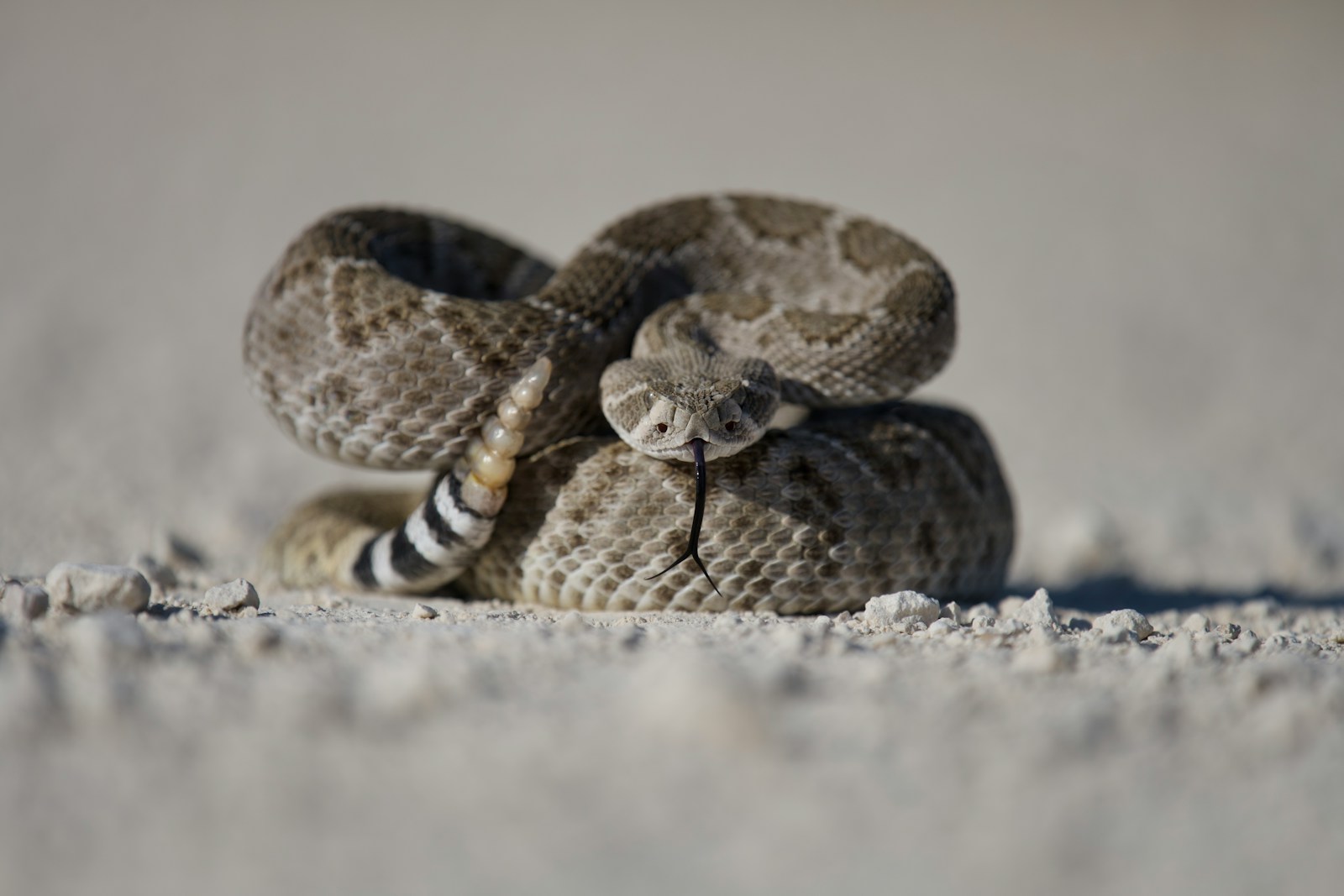
The cliff-perching hunting strategy of the Mexican lance-headed rattlesnake stands as one of nature’s most remarkable examples of specialized predatory behavior. By combining elevated vantage points, keen vision, gravity-assisted strikes, and thermal advantages, these snakes have developed a hunting technique that maximizes efficiency while minimizing energy expenditure. What makes this behavior particularly fascinating is how it represents an integrated solution to multiple biological challenges, simultaneously addressing hunting efficiency, thermoregulation, and predator avoidance through a single behavioral adaptation. As we continue to study and understand this specialized behavior, we gain not only insights into the remarkable adaptability of reptilian predators but also a deeper appreciation for the complex ecological relationships that shape natural systems. For the Mexican lance-headed rattlesnake, the cliff edge represents not a dangerous boundary but rather a strategic position from which to master its domain—a testament to the endless ingenuity of evolutionary adaptation in the natural world.





